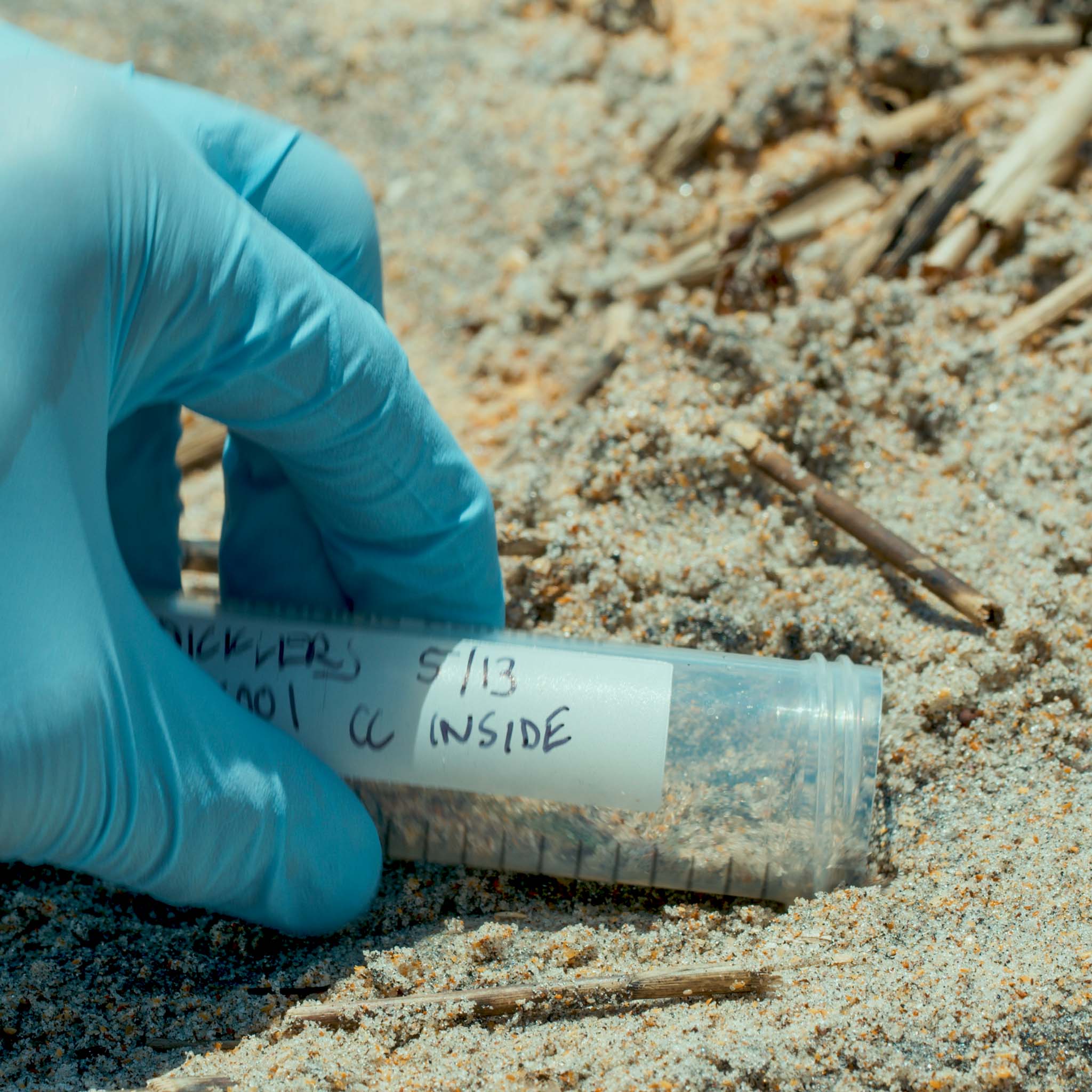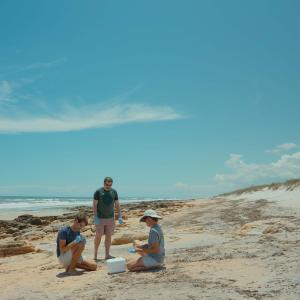 The Whitney Laboratory for Marine Bioscience
The Whitney Laboratory for Marine Bioscience

From University of Florida News Page, Natalie van Hoose:
DNA “fingerprints” left behind by sea turtles offer scientists a simple, powerful way of tracking the health and whereabouts of these endangered animals, a key step forward in their conservation.
A study led by University of Florida researchers is the first to sequence environmental DNA, or eDNA, from sea turtles — genetic material shed as they travel over beaches and in water. The research project is also the first to successfully collect animal eDNA from beach sand. The techniques could be used to trace and study other kinds of wildlife, advancing research and informing conservation strategies.
“We wanted to test the boundaries of this technology, which hadn't really been applied to sea turtles before and certainly not on sand,” said David Duffy, UF assistant professor of wildlife disease genomics and Rising Star Condron Family Endowed Assistant Professor. “This is a way to survey areas for elusive animals or species that can be hard to study otherwise. It’s essentially wildlife forensics.”

Nearly all of the planet’s sea turtle species are endangered and face a multitude of threats, including warming temperatures, habitat destruction and degradation, disease, hunting and pollutants such as plastics. Conserving sea turtles is further complicated by the fact that current survey methods rely on spotting them in one of their multiple habitats — in the open sea, coastal ecosystems or on beaches where they nest. This makes it difficult to monitor their numbers, genetic diversity and overall health and tailor conservation efforts accordingly, Duffy said.
“Some of these threats are quite new and even ones that existed for a longer time are getting worse,” said Duffy, who is based at UF’s Whitney Laboratory for Marine Bioscience and Sea Turtle Hospital, one of the world’s top centers for sea turtle rehabilitation, research and education. “That's why it's very important for us to have these DNA tools to be able to get a proper handle on what's happening to the population in real time.”
Sea turtle conservation gets boost from new DNA detection method
Photo Credit: (1) UF/Dylan Taylor, (2) UF/Zach Read